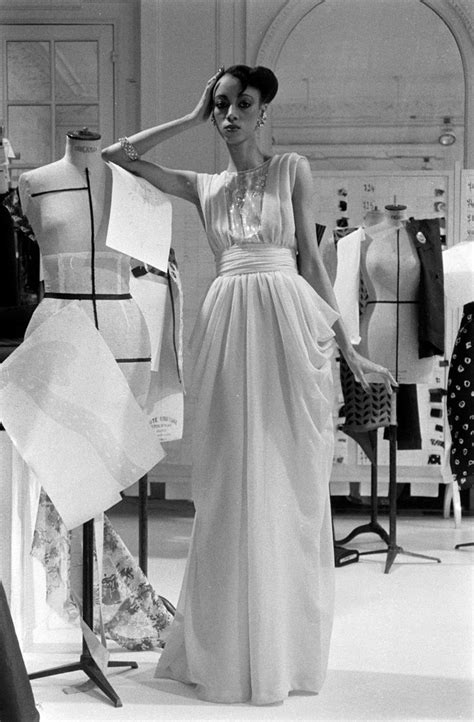givenchy and african americans | Seminal Moment: Givenchy’s ‘70s Black Model Cabine Said givenchy and african americans Five Black American women comprised Hubert de Givenchy’s house models in the late ‘70s — marking the first time a French couture house was sending such a clear message that glamour was for . If you prefer to avoid paying full price for designer items or practice sustainability by purchasing pre-owned pieces, then this franchise is for you. This round, I'm highlighting the best Louis Vuitton items you can buy for under $300.
0 · Seminal Moment: Givenchy’s ‘70s Black Model Cabine Said
1 · Remembering the Trailblazing Black Supermodels of the 1970s
2 · Givenchy's 1970s Black Model Cabine Was a Key Moment in
FOTKI.LV - Ātra un kvalitatīva fotogrāfiju izgatavošana 1 stundas laikā Rigā, centrā un Imantā. Foto drukas pasūtīšana on-line Fotki.lv mājaslapā ar piegādi visā Latvijā, Igaunijā un Lietuvā. Fotki ateljē Rīgā: Kr.Valdemāra iela 25 un t/c "Damme". Lietotāji. D. dinar. Charlie Cinema School.
Five Black American women comprised Hubert de Givenchy’s house models in the late ‘70s — marking the first time a French couture house was sending such a clear message that glamour was for . Marginalized people — namely the LGBTQ+ community, women and African . Five Black American women comprised Hubert de Givenchy ’s house models in . Five Black American women comprised Hubert de Givenchy’s house models in the late ‘70s — marking the first time a French couture house was sending such a clear message that glamour was for .
Marginalized people — namely the LGBTQ+ community, women and African Americans — began to carve out their own lanes in entertainment, beauty and, eventually, fashion. For Black models, this was. Five Black American women comprised Hubert de Givenchy ’s house models in the late ‘70s — marking the first time a French couture house was sending such a clear .
According to Banks, Givenchy “got a lot of push back when he decided to use black models—some of it from his own customers! But this is what he wanted, he saw this as the future. In 1973, Givenchy was one of five French designers to participate in a charity fundraiser at Versailles. The Frenchmen faced off against five Americans. She is one of the original members of Hubert de Givenchy’s all Black Cabine in the 1970s, the collection of Black models that ushered in an era of diversity and the first time a French couturier had this many Black models in its mainstay. She’s also modeled for other designers like Theirry Mugler and Chantal Thomass. Listen to her story.
It tells the story of a 1973 Franco-American runway extravaganza — born out of racial tumult, the sexual revolution and the rise of feminism — that altered the trajectory of the fashion. In the course of a fashion show that Women's Wear Daily dubbed "The Battle of Versailles," boldly assertive American runway models -- many of whom were what we now call African-American -- wore sporty, comfortable American designer clothes with such, well, panache that the absolute supremacy of French haute couture was dented for good.
In one corner, the titans of French haute couture: the houses of Yves St. Laurent, Christian Dior, Hubert de Givenchy, Emanuel Ungaro and Pierre Cardin — designers known for being elegant,. Even in the 1970s, African-American models were rarely seen in major fashion shows, so to attend one that featured only African-American men and women was groundbreaking. It was also well. Five Black American women comprised Hubert de Givenchy’s house models in the late ‘70s — marking the first time a French couture house was sending such a clear message that glamour was for .
Marginalized people — namely the LGBTQ+ community, women and African Americans — began to carve out their own lanes in entertainment, beauty and, eventually, fashion. For Black models, this was. Five Black American women comprised Hubert de Givenchy ’s house models in the late ‘70s — marking the first time a French couture house was sending such a clear . According to Banks, Givenchy “got a lot of push back when he decided to use black models—some of it from his own customers! But this is what he wanted, he saw this as the future.
In 1973, Givenchy was one of five French designers to participate in a charity fundraiser at Versailles. The Frenchmen faced off against five Americans. She is one of the original members of Hubert de Givenchy’s all Black Cabine in the 1970s, the collection of Black models that ushered in an era of diversity and the first time a French couturier had this many Black models in its mainstay. She’s also modeled for other designers like Theirry Mugler and Chantal Thomass. Listen to her story. It tells the story of a 1973 Franco-American runway extravaganza — born out of racial tumult, the sexual revolution and the rise of feminism — that altered the trajectory of the fashion. In the course of a fashion show that Women's Wear Daily dubbed "The Battle of Versailles," boldly assertive American runway models -- many of whom were what we now call African-American -- wore sporty, comfortable American designer clothes with such, well, panache that the absolute supremacy of French haute couture was dented for good.
In one corner, the titans of French haute couture: the houses of Yves St. Laurent, Christian Dior, Hubert de Givenchy, Emanuel Ungaro and Pierre Cardin — designers known for being elegant,.
Seminal Moment: Givenchy’s ‘70s Black Model Cabine Said

miu miu mu04qs dhe0a7
miu miu jobs wien
From Bulbapedia, the community-driven Pokémon encyclopedia. For more information on this Pokémon's species, see Charizard. Charizard (Japanese: リザードンG [ギンガ] Lizardon G [Galactic]) is a Fire-type Level-Up Pokémon LV.X card. It was first released as part of the Supreme Victors expansion.
givenchy and african americans|Seminal Moment: Givenchy’s ‘70s Black Model Cabine Said




























